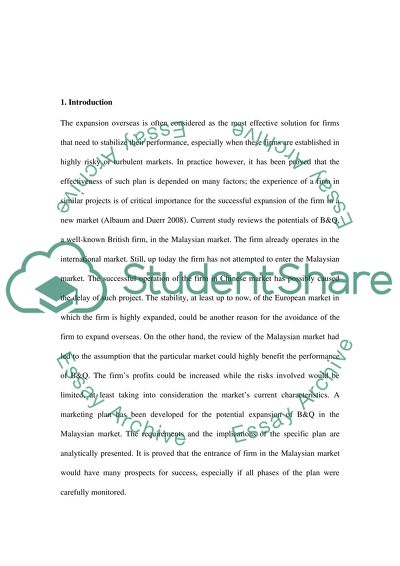Cite this document
(“Global marketing strategy and product launch B&Q in Malaysia Essay”, n.d.)
Retrieved from https://studentshare.org/marketing/1397868-global-marketing-strategy-and-product-launch-bq-in-malaysia
Retrieved from https://studentshare.org/marketing/1397868-global-marketing-strategy-and-product-launch-bq-in-malaysia
(Global Marketing Strategy and Product Launch B&Q in Malaysia Essay)
https://studentshare.org/marketing/1397868-global-marketing-strategy-and-product-launch-bq-in-malaysia.
https://studentshare.org/marketing/1397868-global-marketing-strategy-and-product-launch-bq-in-malaysia.
“Global Marketing Strategy and Product Launch B&Q in Malaysia Essay”, n.d. https://studentshare.org/marketing/1397868-global-marketing-strategy-and-product-launch-bq-in-malaysia.


